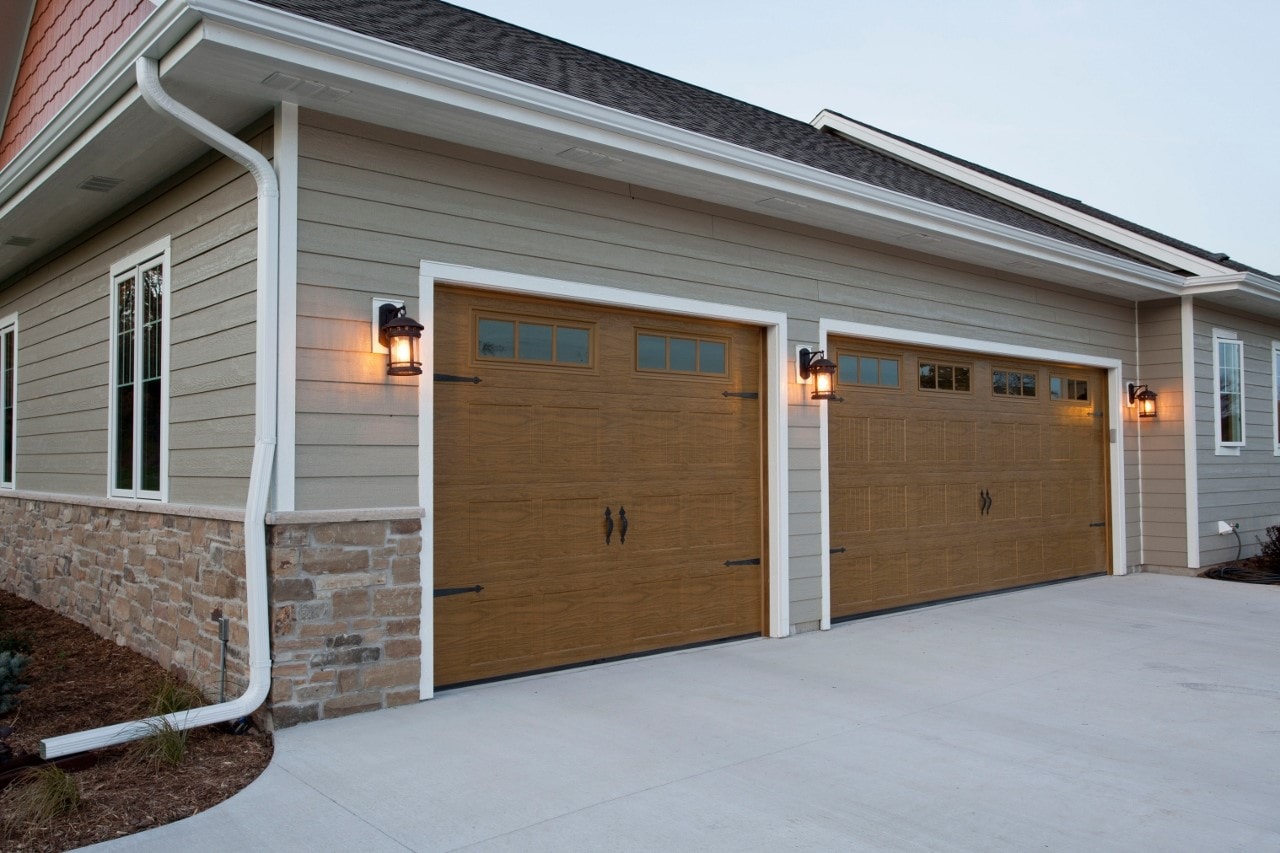Used when there is ample headroom over 30 and additional workspace clearance is required.
Shortening garage door track.
Purchased a brand new chamberlain whisper drive belt garage door opener at lowes to find out it was 3 too big to fit into the garage crossbeam that went through the center.
3 track headroom hl 11 required sideroom 5 5 required.
So that said if you have the space on the inside to move the tracks for the new door in all reality you wouldn t need to cut the door at all.
Often used to help track avoid obstacles in the garage such as an entry pass door or other structural elements.
Went back to lowes to find that all they had was a belt extender not the belt clip assembly that was needed to shorten the belt.
American garage door supply offers high quality garage door track and track hardware to keep your doors operating safely smoothly and reliably.
It also has nothing to do with the center arm at all.
4 5 out of 5 stars 57.
A garage door actually closes behind your opening.
Shortening the tracks does not shorten the doors.
Knowing garage door clearance requirements will help you avoid ordering the wrong garage door set up for your needs.
Torsion springs mount on a bar above the door while extension springs stretch down the side of the upper tracks.
That s what will happen if you cut 4 off the sides and try and drop them down to the floor while the garage door stays sitting in the exact same place.
Martin garage door shortening a door section installation.
Garage doors use either torsion springs or extension springs to raise and lower the door.
2 track headroom hl 9 5 sideroom 4 5 required.
The most popular standard radius track is a 15 radius which requires 15 of headroom to accommodate the curve of the track and all other track components equipment.
Choose from a large selection of industry standard.
40 29 70 tracks get it as soon as wed sep 30.
2 or 3 garage door track systems or replacement parts for bracket clip angle or full angle mounted designs.
There are five basic garage door track options although the first two are by far the most common ones used in residential installations.

